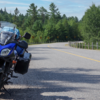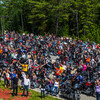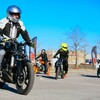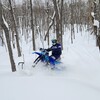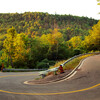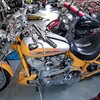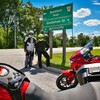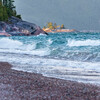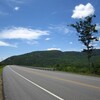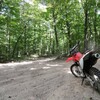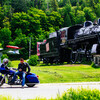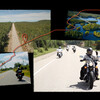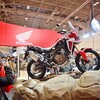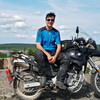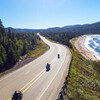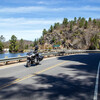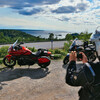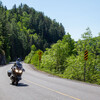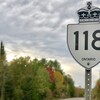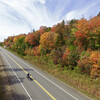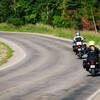
The Fast and the Curious
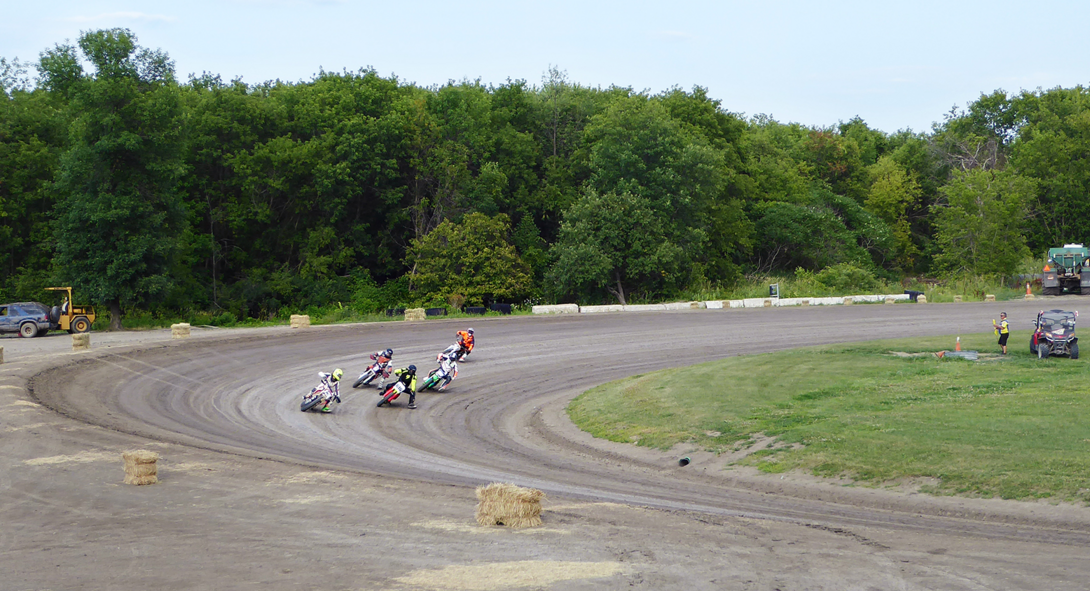
There’s a scene in the classic motorcycle documentary On Any Sunday (1971) where we get to see what it’s like to ride flat track. Before the time of GoPro, director Bruce Brown strapped a film camera onto the helmets of racers and invented the helmet camera. The result is 30 seconds of gripping footage as Mert Lawwill powerslides his bike at over 100 mph a mere few feet from the inner guard rail.
Dirt track racing has been around since motorcycles were invented, and has remained relatively unchanged through the years. The concept is simple enough: who can get around a quarter-mile dirt oval track the fastest?
At the Montreal Moto Show, I was handed a promotional card advertising Flat Track Canada, a national series of nine races starting in Trois-Rivières, Quebec, in May and ending in Sarnia, Ontario, in early October. Most of the races are in southwestern Ontario, making them easy and fun destinations for a weekend ride up from New York. Cross at Niagara Falls and enjoy the ride up through beautiful Niagara-on-the-Lake. Flattrackcanada.com lists suggested accommodations for each of the races.
Since I live in Montreal, a couple of friends and I rode over the Ontario border for the day to Cornwall for the race on August 3 at the Cornwall Motor Speedway. It’s a clay quarter-mile track with banked turns, wide enough for lots of side-to-side racing. Grandstand seats are only $15—the best deal in town—but if you’re into bikes, you’ll want to pay the extra $10 for pit access. You’ll be able to stroll through the pits, get a good look at these modified bikes, and even chat with the riders, who are all humble, salt-of-the-earth type guys who do this just for the love of racing.
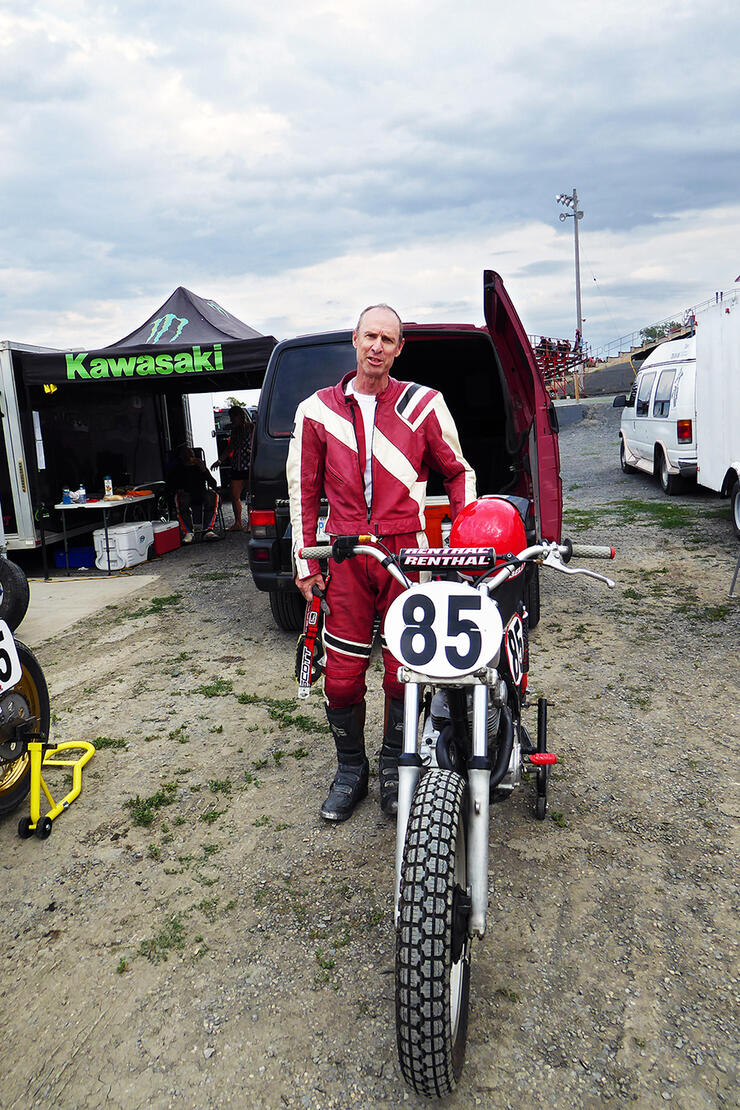
Mark Fairfull
I struck up a conversation with Mark Fairfull (#85) about his vintage modified Honda 250. Mark doesn’t have sponsorship or a team of mechanics working on his bikes. He’s a one-man team in his VW van, and was happy to talk about his tire choices and the modifications he’s done on the bike.
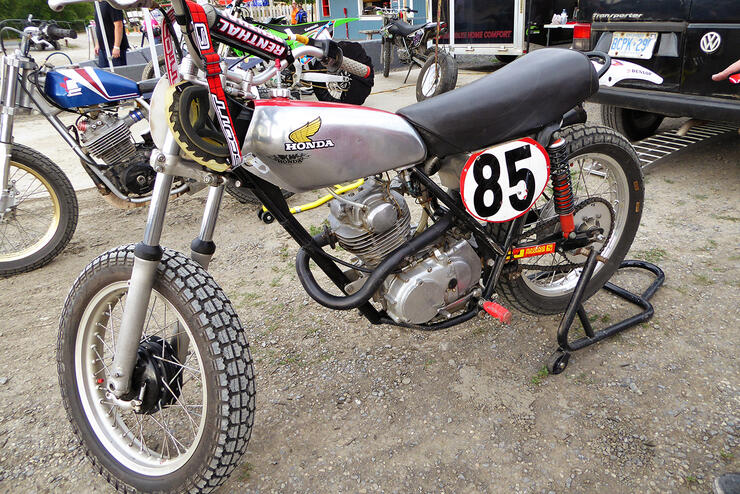
Fairfull's vintage modified Honda 250
“How are you doing?” I asked.
“Well, I won my heat, so it’s looking good,” he replied. Just then he was summoned over the PA for the final, and as we climbed back into the stands, I felt bad for distracting him just before his race. He had trouble starting the bike and needed a push to bump start it, almost missing it. Now we were invested, and we watched on the edge of our seats as he started in second, went to first, got a bit high on the track in the last lap and was passed, then came back on the final corner to win by a few inches! It was the vintage modified class, but nevertheless, we were hooked.
We went back to congratulate him, and while there, the second-place rider strolled up and said, “I think we gave them a good race.” You can tell that these guys know each other and there’s a strong sense of camaraderie amongst them.
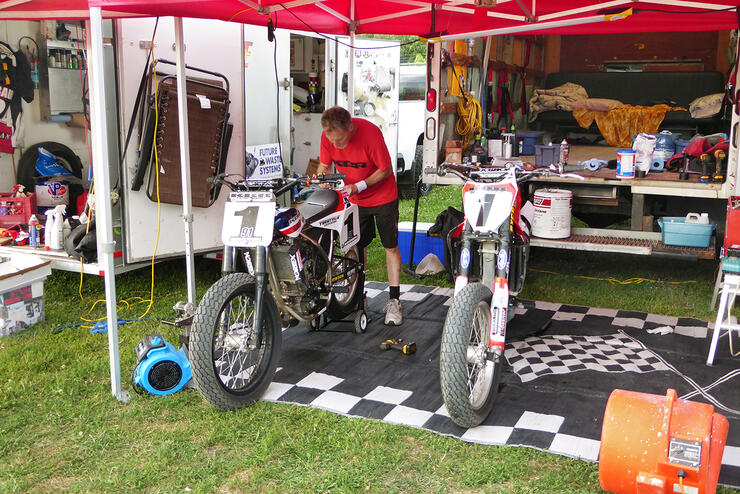
Eat, sleep, ride
There are also youth, veteran, ATV, novice, intermediate, and expert classes, with sub-categories by engine size and open and production bikes. Heats begin in the afternoon and the finals go into the evening, with the expert class final the highlight of the night under dark skies, the track now lit by the speedway floodlights. It’s a quintessential way to spend a summer night.
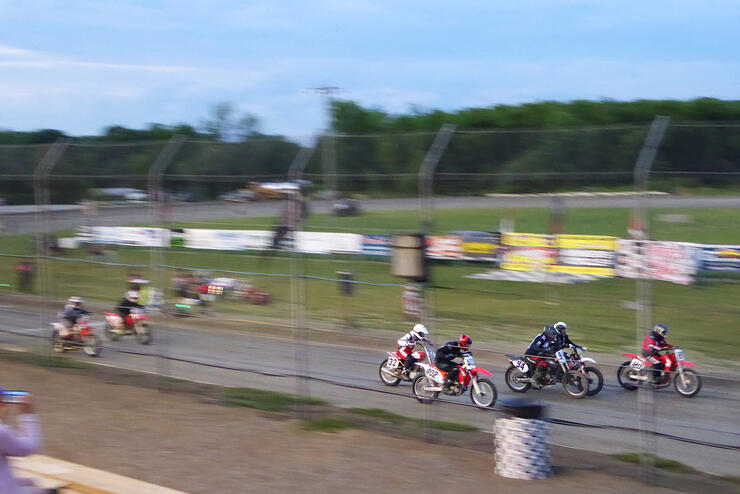
One of my riding buddies who wasn’t able to join us asked me afterwards what it was like. “Awesome” was my one-word reply—the most over-used word in the English language, but completely appropriate in this case. Literally, the word means “to inspire fear,” and that’s what these racers do. When the light turns green and they thunder down the straightaway, the sound is deafening and drowns out the PA announcer’s voice. Then they pitch it, shoulder-to-shoulder, into the first turn.
We kept asking in the pits how fast they are going, but no one seemed to have an answer since every track is different and none of the bikes has a speedometer. On longer tracks like the 5/8s and mile tracks, they go over 100 mph in the straights, but since the quarter-mile doesn’t have a long straight, it’s less. But what the quarter-mile lacks in speed it makes up for in wheel-to-wheel action. And yeah, there are spills—mostly low-sides with the riders behind scattering to avoid the fallen rider—and a few close calls, but thankfully no one at this particular race was seriously injured.
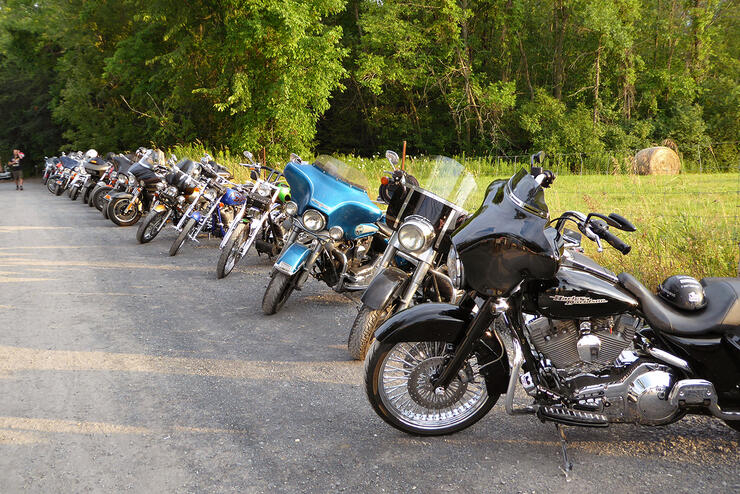
Flat track is about as American as apple pie and baseball, but why not take advantage of the dollar exchange rate and make rural Ontario, Canada, a destination for a weekend ride? Or better still, try some flat track yourself while here. For only $280, you get the bike, all the equipment, and four hours of professional instruction to see what it’s like. The Go Flat Track Racing School takes place at various tracks, so check Facebook Events or goflattrack.com to find a session that suits your schedule. Then you will have serious bragging rights Monday morning back at the office.
Recommended Articles

Bucket List Motorcycling in Ontario, Canada 2026

Ontario's Best Twisties: Five Roads to Get Your Lean On

The Big Belly Tour—A Complete List of Ontario's BBQ Joints
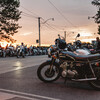
It's Bike Night in Ontario 2024

Ontario's Top Twisties
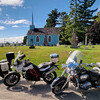
Have You Ridden Canada's OG Highway? Here's Why Every Rider Needs to Hit Up Historic Highway 2
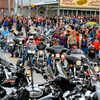
23 Amazing Photos That Prove PD13 Is Still The Best Motorcycle Event Ever
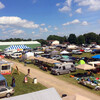
Motorcycle Swap Meets in Ontario—The Complete List for 2025

And a Vespa shall lead them all...
